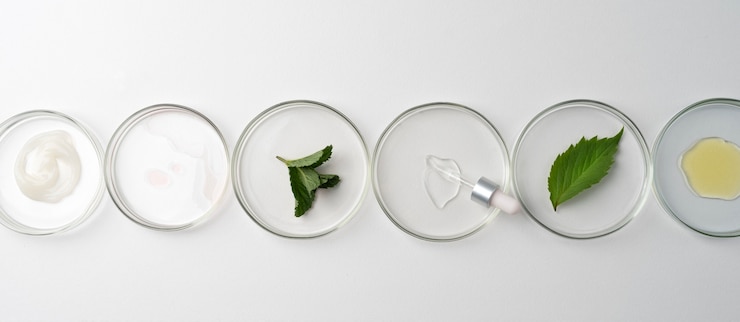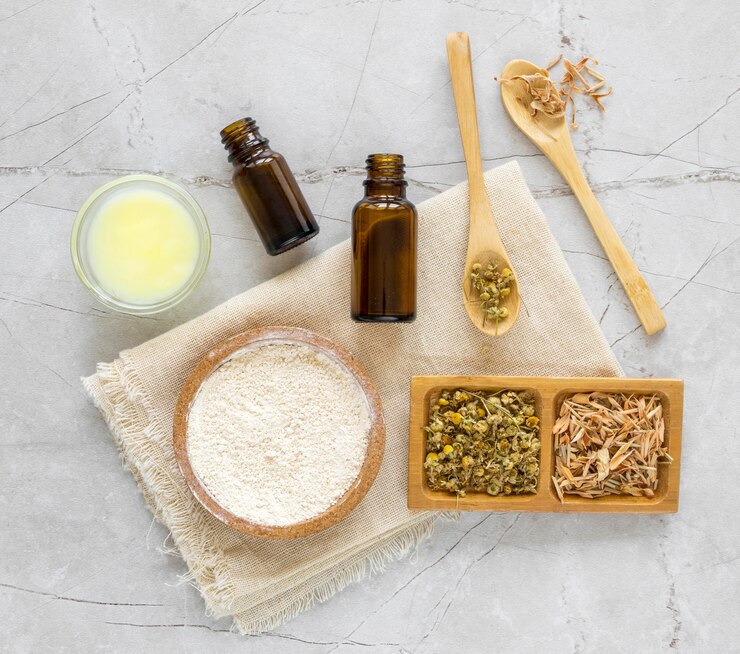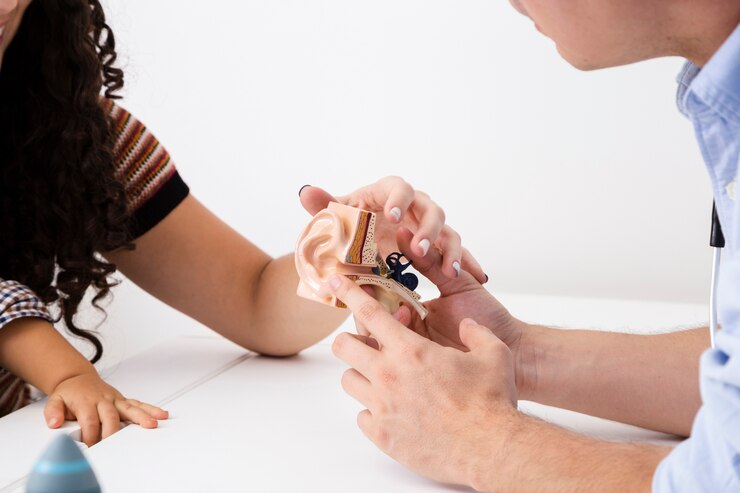
In the past couple of weeks, I’ve explored some common skincare ingredients that aren’t exactly good for your health, like synthetic fragrances and petroleum-based components. Today, I’ll wrap up this series with a detailed discussion on formaldehyde-releasing preservatives, or FRPs. I hope this helps you become a savvy shopper who can read labels and pick beauty products that are safe for both you and the planet.
FRPs are commonly used as preservatives in various beauty and personal care products, from hair care items to nail polishes, but that doesn’t automatically mean they’re safe for your skin. Here’s a crucial point worth repeating: a study in the American Journal of Public Health found that our skin can absorb 64% to 100% of the chemicals in skincare products. This absorption can depend on factors like broken skin, molecule size, or compromised skin barrier due to conditions like acne, eczema, and rosacea.
A big issue within the beauty industry is the lack of comprehensive data on the health impacts of ingredients like FRPs, petroleum-based substances, and synthetic fragrances. Since the industry is largely unregulated, manufacturers often choose ingredients based on cost and availability rather than safety.
Formaldehyde-releasing preservatives can be harmful, but due to the limited research, we don’t fully understand their effects. That’s why I’m sharing this information, so you can make informed decisions about what’s best for your skin and our planet. I’ll explain what FRPs are, how they’re used, potential health risks, and how you can easily switch to cleaner products.
### What are Formaldehyde-Releasing Preservatives?
Formaldehyde is a gas naturally found in the environment but is also produced industrially for use in products like fertilizers, paper, plastics, and plywood. Even though formaldehyde in cosmetics is known to cause allergic reactions in about 8-9% of the U.S population, many beauty products still use preservatives that slowly release formaldehyde, especially when they come into contact with water. According to the Environmental Working Group, around 20% of cosmetics contain these preservatives, which isn’t great for promoting healthy skin over the long term.
### How Do They Function in Beauty Products?
Manufacturers often opt for formaldehyde-releasing preservatives because they’re cheap and keep products fresh for a long time. This makes them a go-to option for items ranging from shampoos and nail polishes to body washes and baby products. Sadly, these preservatives can impact baby’s delicate skin microbiome due to their antibacterial properties.
These preservatives extend a product’s shelf life by preventing bacterial growth. They slowly emit formaldehyde to maintain a consistent level of protection. Some companies swap out parabens for these preservatives and claim their products are “paraben-free,” a tactic that can mislead consumers without improving product safety. Even high-end or “natural” brands may use them, so always read the labels—especially if you have sensitive skin.
### Why Are They Harmful?
FRPs aren’t added to products for their beauty benefits. They serve to extend shelf life by preventing bacteria growth in water-containing products. While many consumers want to avoid yeast, mold, or bacteria in their skincare items, alternative natural preservatives do exist. Options like probiotics, alcohols, vitamin E, grapefruit seed extract, benzoic acid, and essential oils can offer antimicrobial benefits without the same risks.
Classified as one of the “Dirty Dozen Cosmetic Chemicals to Avoid” by the David Suzuki Foundation, FRPs are banned in Japan and Sweden and are regulated in the EU when exceeding certain concentrations. Canada restricts the concentration in cosmetics but not the amount released over time from FRPs, leaving a gap in consumer protection.
Repeated exposure, even in small amounts, may lead to formaldehyde allergy, and using multiple products containing FRPs can cumulatively increase exposure and sensitivity. Therefore, it’s wise to avoid these ingredients where possible to benefit your skin over the long term.
### What to Look for on Labels
Knowing the different names for formaldehyde-releasing preservatives will help you choose products that are safe for you and the environment. Reading labels lets you see whether your favorite brands are truly natural or potentially filled with these irritating chemicals. As consumers grow more informed, companies are starting to offer gentler, healthier options.
### Non-Toxic Alternatives for Healthier Skin
Natural products might not have the same shelf life as those with chemical preservatives, but opting for fewer products and fully using what you have can help reduce waste. Some of my favorite all-natural products rely on plant-based ingredients to nourish even the most sensitive skin.
I hope this series has helped you realize how widespread these not-so-great chemicals are in personal care products. The key to changing your beauty routine is learning about ingredients, what they do, and how to identify them, so you can make your routine healthier. For more natural, plant-based skincare, hair care, and body care options, explore Shop Joyous Health.
Don’t forget to check out other articles on this important topic!


